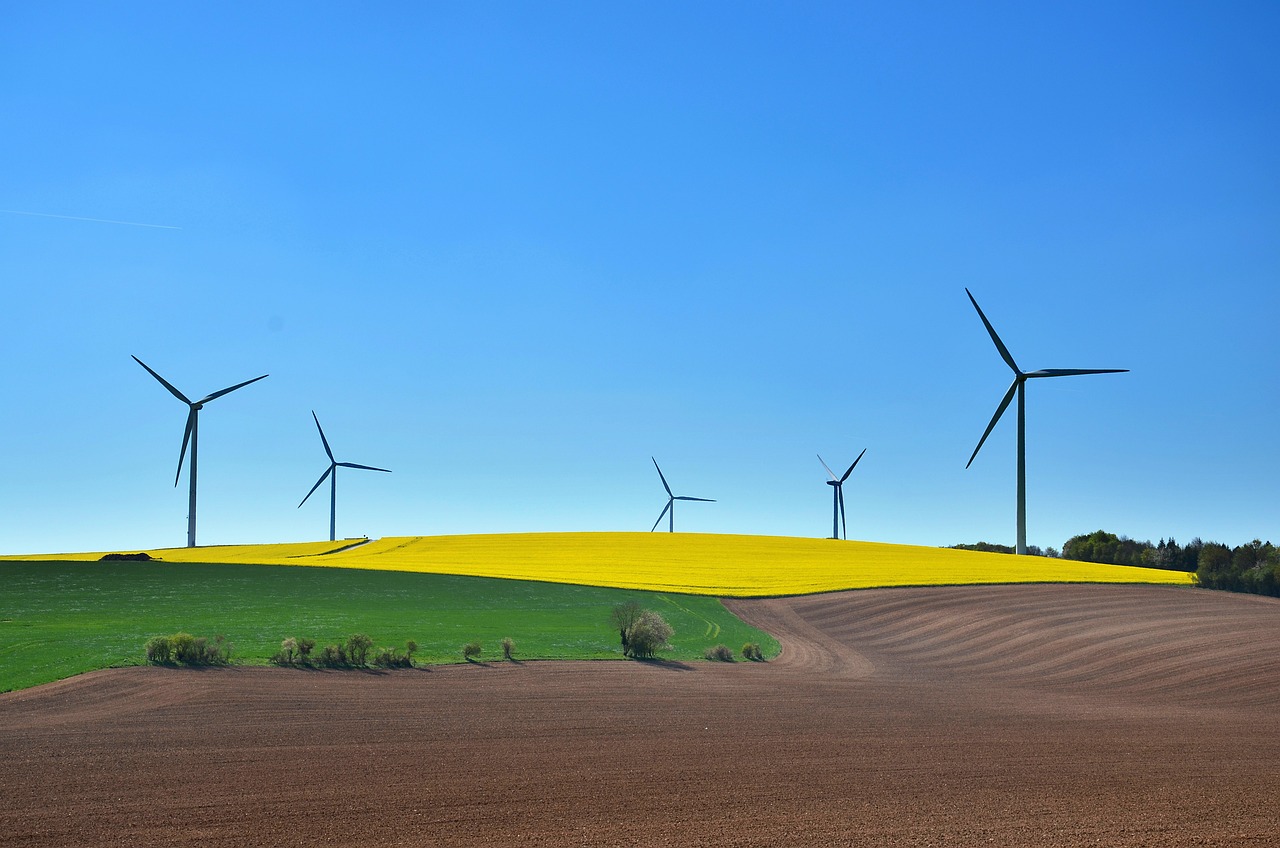Climate crisis and stronger winds, opportunities for wind power?
Climate change is becoming increasingly evident, and the effects it is having on the Earth are of growing concern. However, this situation is also leading to an increase in wind speeds, which could present an important opportunity for wind energy.
Stronger winds for wind energy
According to a Princeton University study, wind speeds have increased by 9 percent in recent years, which could lead to a 17 percent increase in wind power generation compared to a decade ago. This increase in wind speed seems to be most evident in the Northern Hemisphere, particularly in Europe, Asia, and North America.
In Great Britain, for example, wind power generation already accounts for 20 percent of the entire country’s energy needs. The Commercial Association for the Wind, Wave, and Tidal Energy Industries in the United Kingdom said that during the passage of a tropical storm, wind power generation even reached 60 percent of requirements in the early hours of the day.
The increase in wind intensity is an advantage for wind farms and those who create energy through wind power. According to climate trend studies, this increased production could reach up to 37 percent by 2024.
Wind energy in Europe
But wind energy is not only an opportunity for the future, it is also a way to combat climate change.
A 2018 study published in the journal Joule found that the use of wind turbines can benefit the planet in terms of global warming. Although the blades of wind turbines may create a slight increase in local temperature (0.24°C), wind power can go a long way toward counteracting the far greater impact of CO2 emissions from fossil fuel power generation.
Denmark is one of the countries that is putting the most effort into the use of wind power. Denmark’s national goal is to reduce CO2 emissions by 70% by 2030, and wind power is the main energy source of choice. Denmark is investing heavily in energy planning and is installing new offshore wind farms on two islands, including Bornholm Island, the “greenest” island in Europe, totaling about 4GW, double the amount of energy currently produced.
In Europe, alliances have also been formed to build offshore wind farms, such as the Baltic Sea Offshore Wind Declaration, involving eight nations bordering the North Sea.
Domestic solutions such as mini-vertical wind turbines are also becoming increasingly popular, as evidenced by the EU-backed WINDUR project, which has provided support for manufacturers of small wind power plants for urban environments.
Renewable energy is becoming increasingly important for our future, both because of the need to combat climate change and because of its ability to use natural resources in a sustainable way. Wind energy represents a real opportunity to reduce CO2 emissions and create a more sustainable future for all of us.
Wind power generation in the U.S.
The U.S. reached a significant milestone in renewable energy on March 29, 2022, when for the first time, electricity generated by wind farms surpassed that derived from coal and nuclear power. This was confirmed by data released by EIA, the U.S. federal agency that monitors energy production. On that same day, the share of production from wind was exceeded only by that from gas, at 31 percent.
This news rewards U.S. efforts in recent years to boost wind energy, which has placed them second in the world after China, with a 21 percent share of world production. Germany ranks third with 8 percent.
The increase in wind energy production in the United States has been boosted by public policies that offer tax incentives to companies that invest in renewable energy and innovative technologies. In particular, mini-vertical wind power has become increasingly popular, especially in urban areas where space for installing traditional wind turbines is limited.
Here are some reasons why wind power is gaining ground in the United States
- Over the past decade, wind power generation in the United States has increased by 266 percent, from 25,000 to 96,000 megawatts of installed capacity.
- Wind power is a clean source of energy, producing no emissions of greenhouse gases or other air pollutants, such as coal and natural gas.
- The wind is an inexhaustible resource, unlike other non-renewable energy sources such as oil and coal.
- Wind power is cheap because the cost of producing wind power continues to fall, making it increasingly competitive with other energy sources.
- Wind energy is becoming increasingly important in the United States and around the world, thanks to public policies that incentivize renewable energy production and innovative technologies such as mini-wind verticals.
- The U.S. goal is to increase wind energy production and reach a share of at least 20 percent renewable energy.
































































